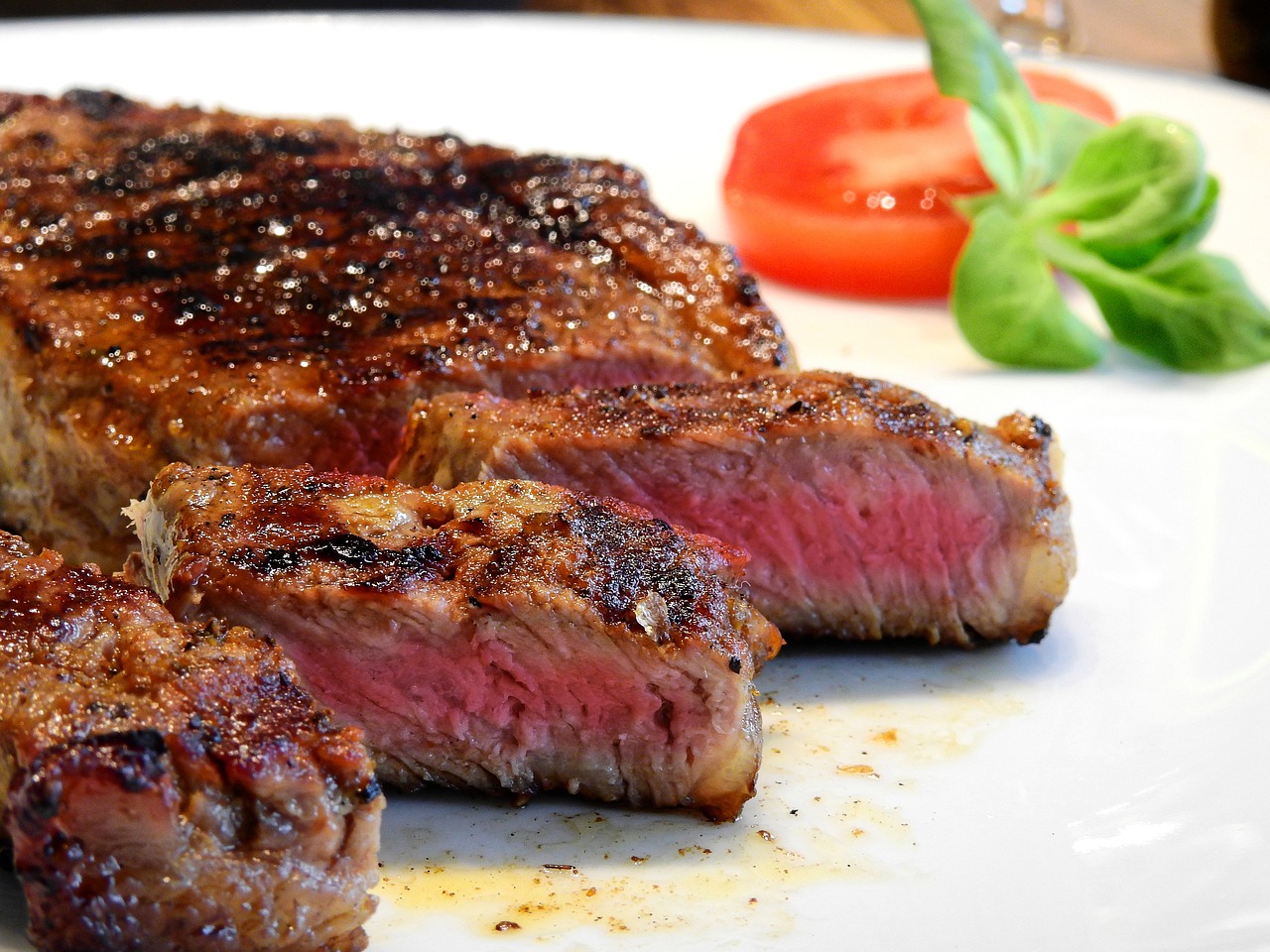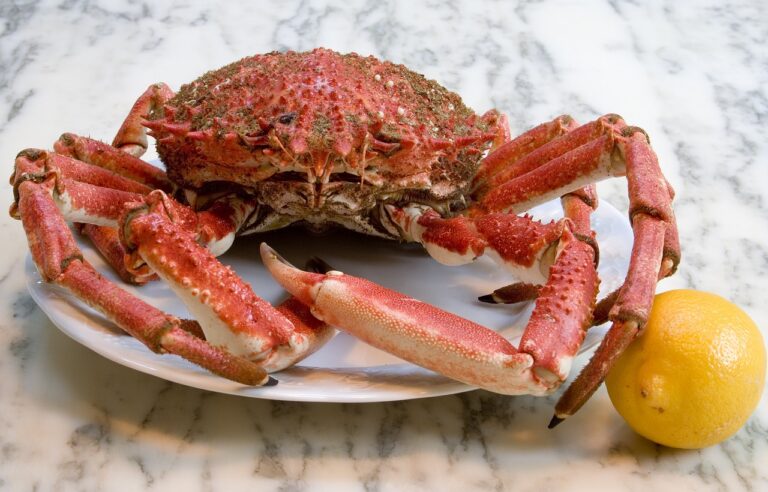Unveiling the Secrets of Michelin-Starred Restaurants
The Michelin Guide, first published in 1900 by the Michelin tire company, originally aimed to provide valuable information for motorists in France. Over time, the guide expanded to cover a wider range of topics, including hotels and restaurants. In 1926, the guide introduced the star rating system to recognize outstanding dining establishments, with one star denoting a good restaurant, two stars signifying excellent cuisine worth a detour, and three stars representing exceptional cuisine worthy of a special journey.
Today, Michelin stars are widely regarded as the pinnacle of achievement in the culinary world, with chefs and restaurateurs striving to earn and maintain these coveted accolades. The anonymity of Michelin inspectors, who visit restaurants incognito to assess the quality of food, service, and overall dining experience, adds to the mystique and allure of the prestigious Michelin stars. Achieving even a single Michelin star can have a profound impact on a restaurant’s reputation and business, attracting discerning diners from around the globe in search of culinary excellence.
The Criteria for Michelin Stars
Michelin stars are prestigious accolades awarded to restaurants for culinary excellence. The criteria for earning these stars are based on the quality of the ingredients used, mastery of flavor and cooking techniques, consistency in delivering exceptional dishes, and the chef’s unique flair in creating memorable dining experiences. Each dish is meticulously evaluated, from the presentation to the taste, to determine if it meets the high standards set by Michelin inspectors.
Attention to detail is paramount in the Michelin star criteria, with a focus on innovation and creativity while staying true to the restaurant’s culinary identity. Chefs must demonstrate a deep understanding of their craft, exhibit a passion for excellence, and uphold the highest standards of hospitality. It is not just about serving delicious food, but also about providing guests with a memorable and exceptional dining journey that reflects the essence of the restaurant’s vision and philosophy.
What is the history behind Michelin Stars?
The Michelin Guide was first published in 1900 by the Michelin tire company as a way to promote travel and dining in France. The guide originally included maps, tire repair information, and hotel and restaurant recommendations.
What are the criteria for earning Michelin Stars?
The criteria for Michelin Stars are based on the quality of the food, consistency of the dishes, the skill of the chef, the use of high-quality ingredients, and the overall dining experience. Restaurants are anonymously reviewed by Michelin inspectors.
How many Michelin Stars can a restaurant earn?
Restaurants can earn up to three Michelin Stars, with each star representing a different level of excellence. One star signifies a very good restaurant, two stars mean excellent cooking that is worth a detour, and three stars indicate exceptional cuisine that is worth a special journey.
How often are Michelin Stars awarded?
Michelin Stars are awarded annually, with the Michelin Guide being updated and released each year in various cities and countries around the world.
Do Michelin Stars guarantee a good dining experience?
While Michelin Stars are a prestigious award and a mark of culinary excellence, they do not guarantee a good dining experience for every individual. Taste preferences, service quality, and ambiance can vary from person to person.







